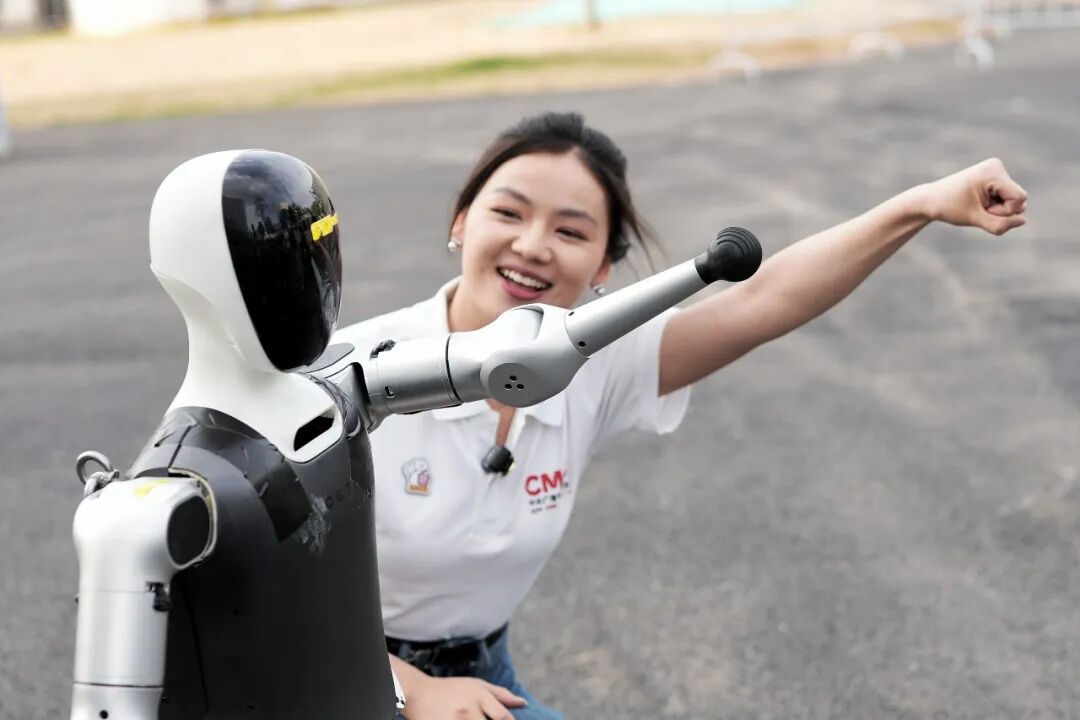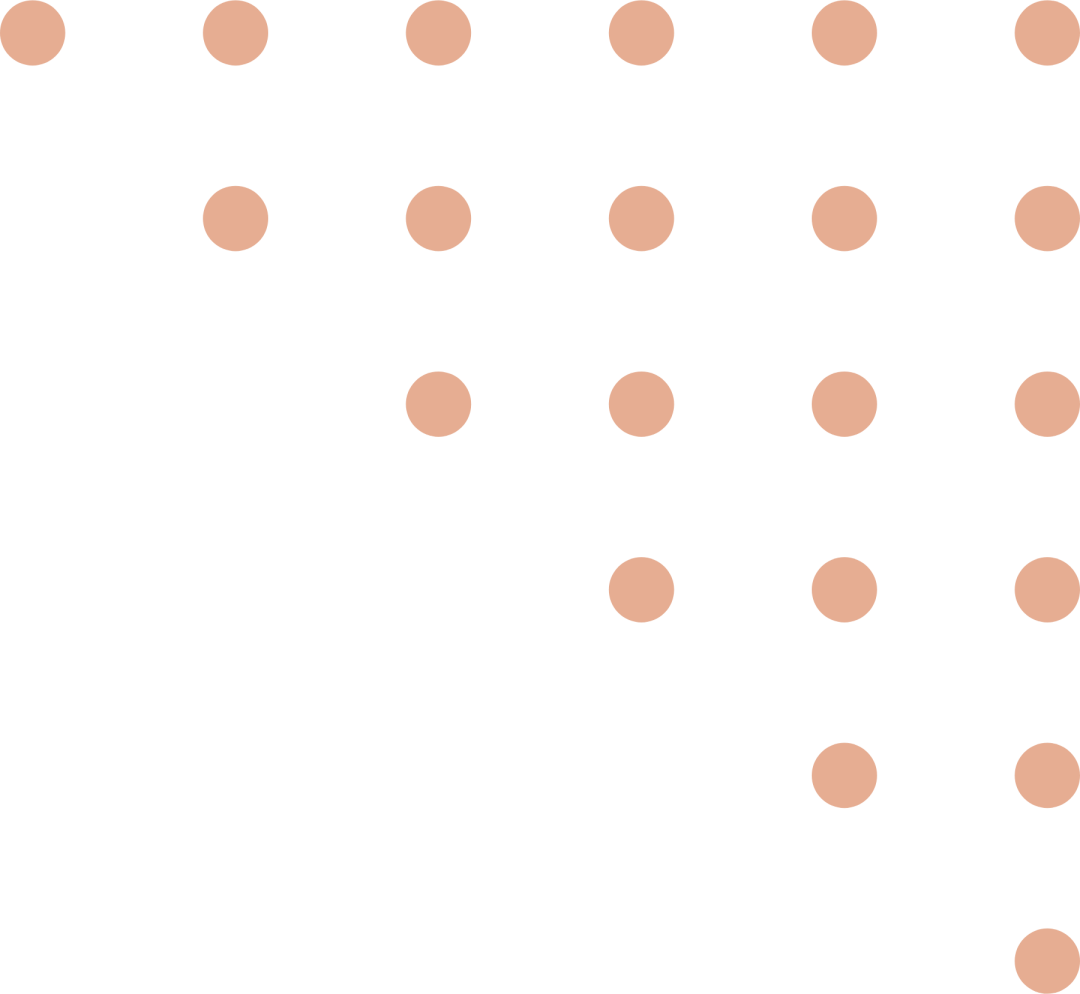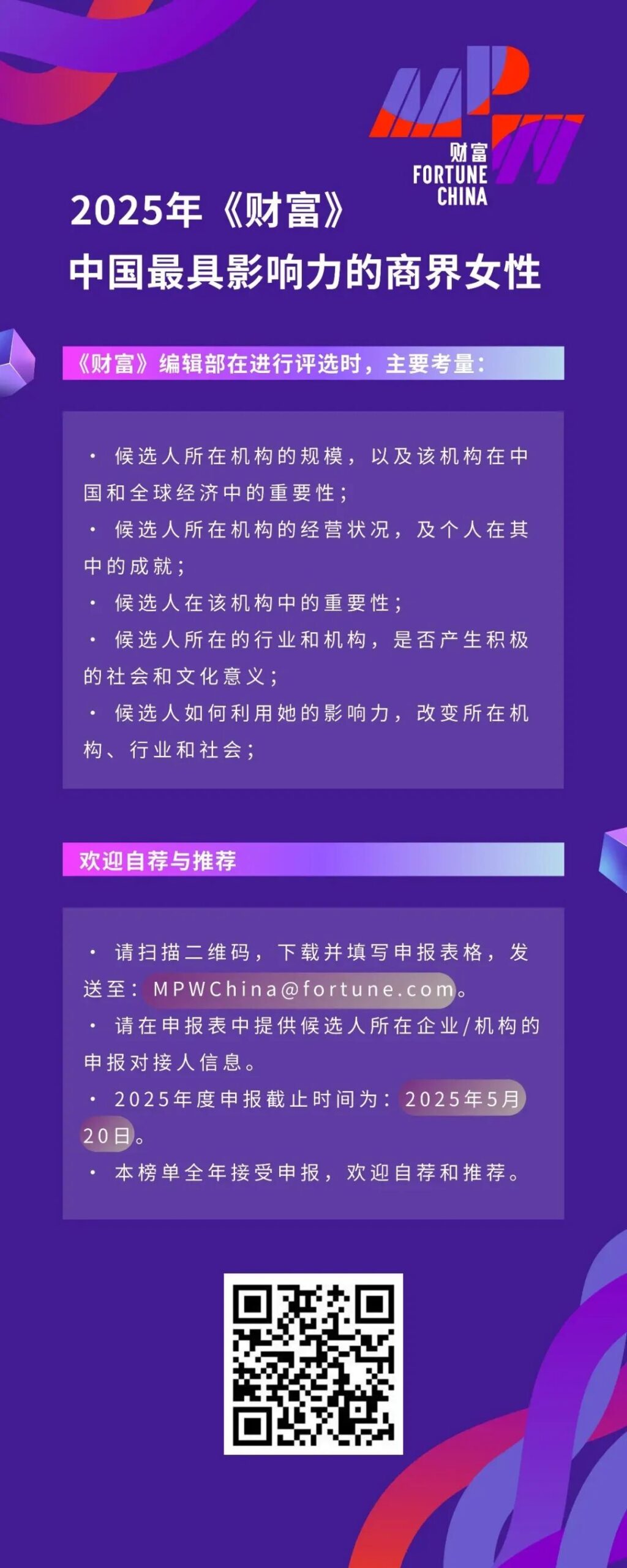
Image Source: Visual China
Humanity has never had such a firm yet hesitant attitude towards technological innovation across multiple fields as it does today. Humanoid robots are one of these areas. People are both eagerly anticipating them and filled with doubts—why must we create “human-like robots”? In terms of form, current embodied intelligence companies can be simply categorized into two types: humanoid robot companies and non-humanoid robot companies. The former aims to create “human-like robots” and includes players such as UBTECH, Yushun Technology, ZhiYuan Robotics, Figure AI, and other startups, as well as large tech and internet companies like Google, NVIDIA, Xiaomi, and automotive companies like Tesla, BYD, Geely, Xpeng, and GAC. The American robotics company Figure AI firmly believes that only humanoid robots that closely resemble human skills and appearance can thrive in a society built for humans. Indeed, theoretically, many tools and spaces in the physical world are designed around humans, and fully anthropomorphic humanoid robots would have a broader range of applicable scenarios. CEO Brett Adcock claims, “There are not enough people globally to fill existing jobs; if we can have humanoid robots do the tasks that humans do not want to do, we could sell millions or even billions of humanoid robots.” This is indeed a huge market. Goldman Sachs predicts that the humanoid robot market could reach $154 billion by 2035. Optimists even believe this could be a trillion-dollar market. In China, the dual push of policy and capital has made humanoid robots one of the most watched sectors, second only to AI large models like DeepSeek. Recently, the world’s first humanoid robot half marathon held in Beijing added fuel to the heat of this sector. On the field, the “contestants” were either agile or clumsy, some fell and broke limbs, while others had their heads and bodies separated—these robots, stubbornly reaching the finish line in various postures, symbolize China’s determination to bet on this sector to some extent. The other type is non-humanoid robot companies, characterized by being “function” driven towards “form”. Their forms are diverse, often using wheeled, robotic arm, or quadrupedal designs to efficiently execute tasks in specific scenarios. Jonathan Hurst, co-founder and Chief Robotics Officer of Agility Robotics, told Fortune: “We do not intend to create humanoid robots from the start; our goal is to manufacture robots that can operate in human spaces.” Hurst deliberately describes the company’s warehouse robot Digit as a “human-centered” robot rather than a humanoid robot. This distinction emphasizes what functions Digit has, rather than what it tries to become. Currently, Digit’s functions include grasping and transporting portable boxes. It has two arms and two legs, but its legs resemble bird legs rather than human legs, bending backward at the knees and walking on toes rather than the soles of its feet.
Another Possibility
 The “evolution” of Agility Robotics and more products from embodied intelligence companies may provide another possibility for the development path of humanoid robots. With the advancement of artificial intelligence and robotics, “humanoid” may no longer be an either-or choice, but a continuum shaped by technological paths and scenario needs— some robots start from a humanoid form and continuously enhance their functions; others start from function and eventually “grow” into humanoid forms. Agility Robotics produced the quadrupedal robot Cassie in 2015 to address the handling needs in warehouse scenarios. In 2020, it launched the bipedal humanoid robot Digit, retaining the motion control technology of the quadrupedal robot while adding visual sensors to the head and incorporating arms and a torso to achieve integrated “standing-walking-handling” capabilities. Some Chinese embodied intelligence companies are also attempting such paths. China’s Kepler Robotics has achieved “humanoid generalization” in industrial scenarios. This company launched the industrial collaborative robot K1 in 2022, capable of performing tasks such as welding and assembly in automotive manufacturing. Two years later, it released the humanoid robot K2 “Bumblebee”, which matches the height and weight of an adult male, has 52 degrees of freedom, and adds bipedal walking capabilities while retaining industrial-grade precision. The chairman of leading industrial robot company Efort Intelligent Robotics, You Wei, stated in a media interview that in the future, intelligent robot scenarios will increasingly shift from single robotic arm operations to dual-arm operations, and the company’s ultimate goal is humanoid robots. The founder of service robot company Qingtong Intelligent, Li Tong, mentioned in a Fortune forum that their products are also evolving. “Previously, their tasks were mobility and delivery; next, if we add arms, can they help people with transportation, take elevators by themselves, and serve tea and water? Can many jobs in the service field that require understanding be realized? This will be a significant change and surprise.” In fact, Yushun Technology, as a leading company in China’s humanoid robot field, also started from quadrupedal robots and gradually expanded into humanoid robots and multi-scenario applications.
The “evolution” of Agility Robotics and more products from embodied intelligence companies may provide another possibility for the development path of humanoid robots. With the advancement of artificial intelligence and robotics, “humanoid” may no longer be an either-or choice, but a continuum shaped by technological paths and scenario needs— some robots start from a humanoid form and continuously enhance their functions; others start from function and eventually “grow” into humanoid forms. Agility Robotics produced the quadrupedal robot Cassie in 2015 to address the handling needs in warehouse scenarios. In 2020, it launched the bipedal humanoid robot Digit, retaining the motion control technology of the quadrupedal robot while adding visual sensors to the head and incorporating arms and a torso to achieve integrated “standing-walking-handling” capabilities. Some Chinese embodied intelligence companies are also attempting such paths. China’s Kepler Robotics has achieved “humanoid generalization” in industrial scenarios. This company launched the industrial collaborative robot K1 in 2022, capable of performing tasks such as welding and assembly in automotive manufacturing. Two years later, it released the humanoid robot K2 “Bumblebee”, which matches the height and weight of an adult male, has 52 degrees of freedom, and adds bipedal walking capabilities while retaining industrial-grade precision. The chairman of leading industrial robot company Efort Intelligent Robotics, You Wei, stated in a media interview that in the future, intelligent robot scenarios will increasingly shift from single robotic arm operations to dual-arm operations, and the company’s ultimate goal is humanoid robots. The founder of service robot company Qingtong Intelligent, Li Tong, mentioned in a Fortune forum that their products are also evolving. “Previously, their tasks were mobility and delivery; next, if we add arms, can they help people with transportation, take elevators by themselves, and serve tea and water? Can many jobs in the service field that require understanding be realized? This will be a significant change and surprise.” In fact, Yushun Technology, as a leading company in China’s humanoid robot field, also started from quadrupedal robots and gradually expanded into humanoid robots and multi-scenario applications.
Humanoid Robots: It’s Still Early

Exploring another possibility for the development path of humanoid robots stems from the numerous obstacles currently faced in this sector. In comparison, non-humanoid robot technologies are more mature and cost-effective, currently possessing broader application scenarios and higher commercialization potential. While humanoid robots are the “culmination” of robotic technology, creating humanoid robots seems more like an effort by idealists to achieve the ultimate vision of universal service for the future, and the difficulties faced in this process are evident. Zhu Xiaohu, managing partner of Jinsha River Venture Capital, believes that the technology cost of humanoid robots is high, and the landing scenarios are vague. “Humanoid robots are not unusable, but they are expensive and not well utilized,” he said, noting that there is a “high consensus but no commercialization path” in this field. The immaturity of humanoid robots in terms of technology directly affects their commercial viability. For example, in the nursing field, while there is hope that a humanoid robot costing 100,000 yuan could replace a caregiver with a salary of 200,000 yuan per year, this cost advantage is difficult to realize due to technological immaturity. Jiang Fenglin, chief physician of the geriatrics department at Xiangya Third Hospital of Central South University, pointed out that current robots struggle to perform basic tasks such as assisting the elderly and avoiding obstacles. Bai Huiyuan, former vice president of Alibaba and a continuous entrepreneur, left a large company amid the boom of embodied intelligence to establish the AI company ELU.AI. In an exclusive interview with Fortune, she stated that the collective intelligence formed by humanoid robots is a trend and a certain inevitability, but at this stage, non-humanoid robots are the best form of embodied intelligence in most scenarios. The “Force Unlimited” intelligent automatic charging robot launched by ELU.AI is a non-humanoid robot that uses a “low-altitude track + mobile intelligent body” approach, allowing the charging method for new energy vehicles to shift from “car finding pile” to “robot finding car”. Bai Huiyuan bluntly stated that the true value of robots has never been in whether their form resembles humans, but in being “useful”. Truly valuable products do not depict a future but solve current problems—entering the real world in a low-cost, high-efficiency, strong stability, and safe manner to serve real scenarios. She added that the humanoid robot industry is currently in a state of overheating, with many products resembling a showcase of skills. “They look like humans but perform tasks worse than humans; it would be better to fully embrace the forms and capabilities that machines should have.” She emphasized that function should precede form, and the future world of robots will not be a standard appearance but a coexistence of diverse forms driven by functionality.
In recent years, Japan has almost become a cautionary tale for China’s economic development, and the development path of Japan in the humanoid robot field seems to offer some insights. Humanoid robots were once the “business card” of Japanese technology. In 1986, Honda began developing the humanoid partner ASIMO. In 2000, ASIMO made its debut. In 2014, SoftBank launched the robot Pepper, which claimed to understand human emotions. Major Japanese tech companies rushed to enter the field, and the Japanese government even listed the robotics industry as a national strategy. Japan’s timing for entering the humanoid robot market was evidently premature, and the superficial prosperity faced a cold reality: technological bottlenecks and market indifference. Around 2020, Honda announced the cessation of ASIMO’s development, and SoftBank also abandoned the Pepper business. More players turned to developing efficient and cost-effective industrial robots, which shone in automotive manufacturing, electronic assembly, and other fields.
The Evolution of “Lucy”

Currently, it is still too early for large-scale commercialization of humanoid robots, but humanity’s technological development path certainly requires idealists; disruptive innovation is always backed by cost-ineffective investments, clumsy attempts, and a lot of skepticism. Companies aiming to create humanoid robots are indispensable pioneers of this era.
On the field of the humanoid robot marathon, although the robots of various forms performed immaturely, this event still revealed the potential value of humanoid robots.
The champion, Tiangong Robotics, showcased breakthroughs in knee walking and autonomous recovery, with its motion control algorithms capable of handling complex terrains such as slopes and turns. The scene of robots struggling to stand up after falling during the competition unexpectedly evoked empathy from the audience. Some commentators believe that this imperfection breaks the bias of “machines as tools” and lays a psychological foundation for future collaboration. This event will also encourage companies to develop lightweight batteries, the results of which may be transferable to the industrial robot field.
Despite ongoing controversies, humanoid robots have quietly infiltrated industrial scenarios. UBTECH’s Walker S completed precision assembly training at BYD’s factory, with a failure rate reduced to 0.3%; Yushun Technology has already begun pilot cooperation with new energy vehicle companies like Geely and NIO, deploying humanoid robots in certain manufacturing processes.
Bai Huiyuan revealed that her company is also developing new products, including humanoid robots, as an important part of the company’s “short, medium, and long-term” strategic layout. However, she stated that “humanoid” will not be the only direction for innovation. “In the short term, companies must have strong self-sustaining capabilities; but to survive long-term, the ultimate competition is the technological foundation and systematically outpacing time.”
She believes that the era of human-robot coexistence will arrive sooner than most people imagine, but the form it takes may not be the standard answer seen in science fiction movies.
The question of humanoid versus non-humanoid fundamentally arises from the balance between technological idealism and commercial realism; the posing of this question is an inevitable product of the mismatch between technological revolution and industrial cycles.
And the answer to this question is not a simple binary opposition.
For humanity, we can play the role of God, starting from the goal of creating humanoid robots to meet the needs of many specific scenarios; or we can play another role, helping embodied intelligence evolve continuously based on human needs, with some ultimately acquiring the skills of upright walking and proficient tool use, the ability to learn and think independently, and a human-like appearance, becoming the “Lucy” of the robot community (Note: Lucy is known as the earliest human ancestor, referred to as the “grandmother of humanity”).
Of course, “Lucy” will continue to evolve. This future is both exciting and worrisome.
(Fortune Chinese Network)

On Fortune Plus, netizens have shared many deep and thoughtful opinions on this article. Let’s take a look. You are also welcome to join us and share your thoughts. Today’s other hot topics:
View the exciting opinions on “The Ministry of Commerce Responds to Boeing’s Delivery of Aircraft”View the exciting opinions on “Large-Scale Power Outage in Spain and Portugal”